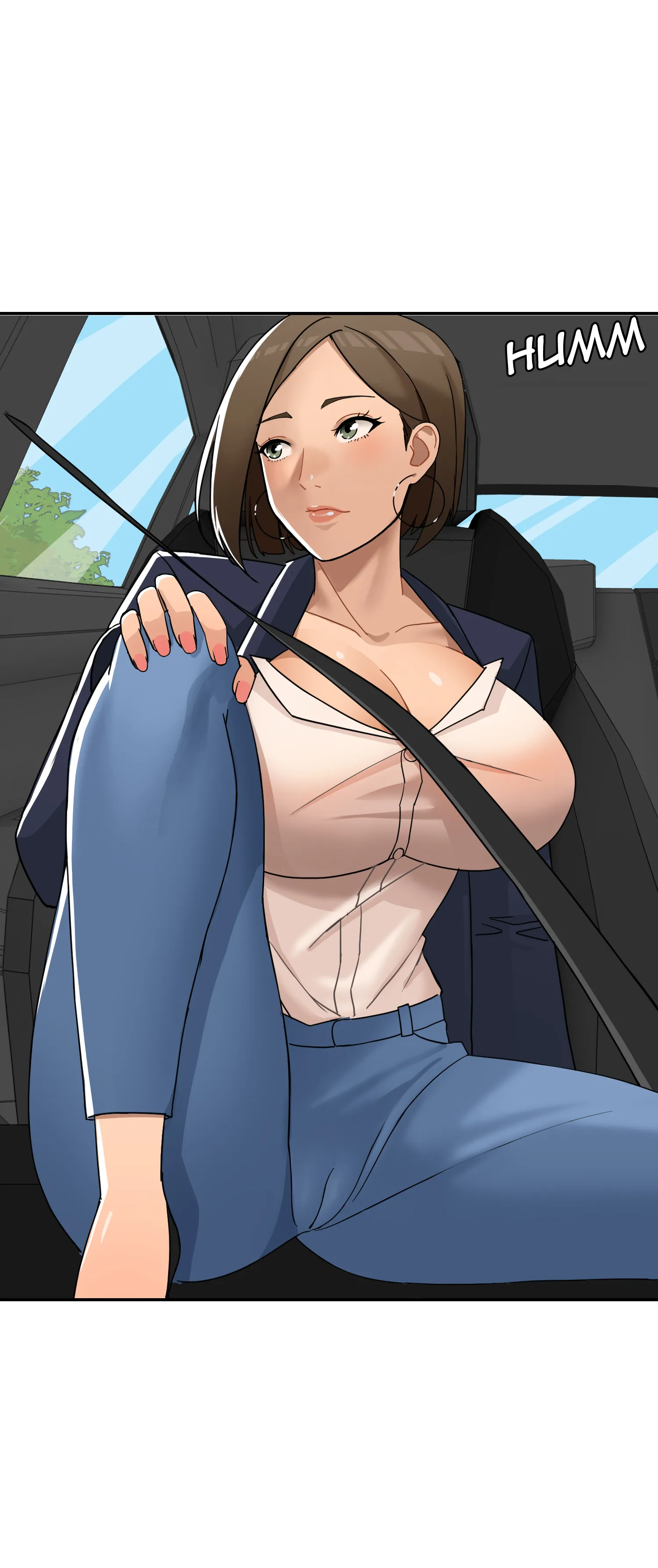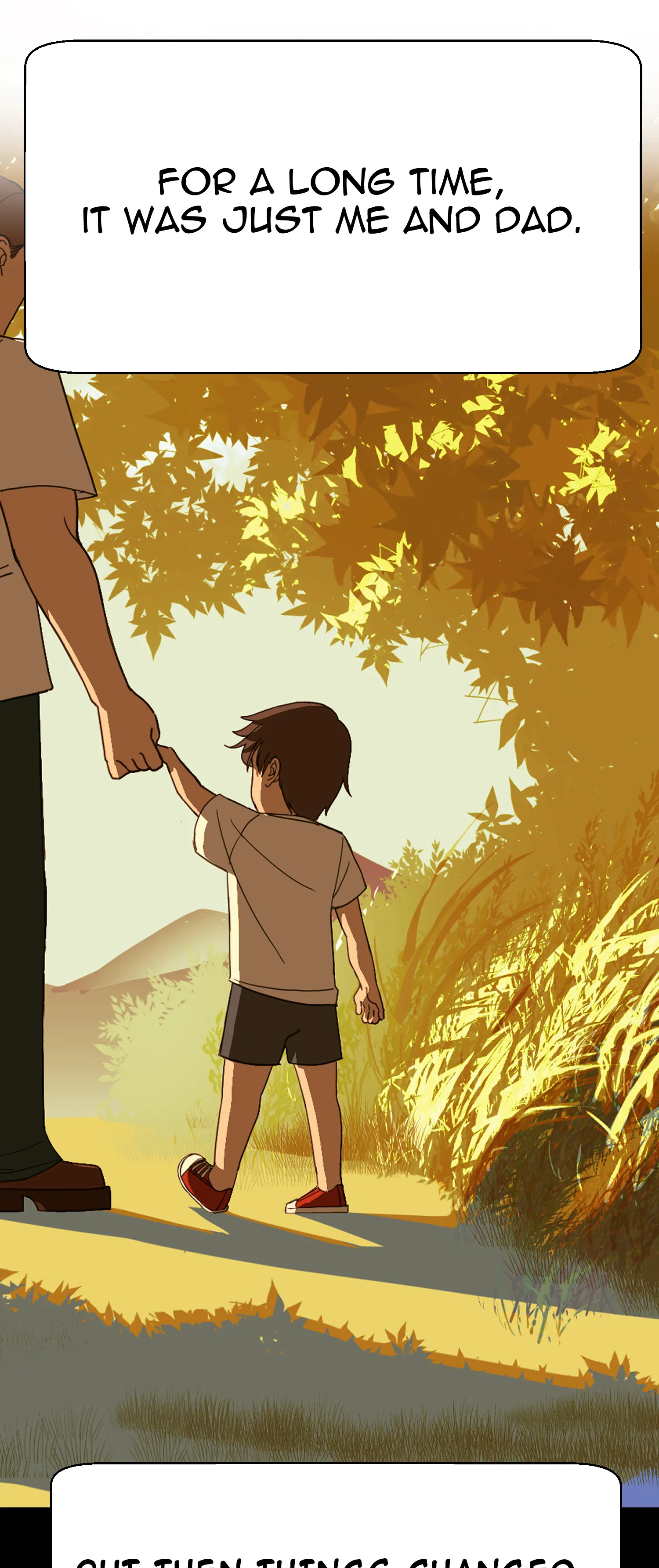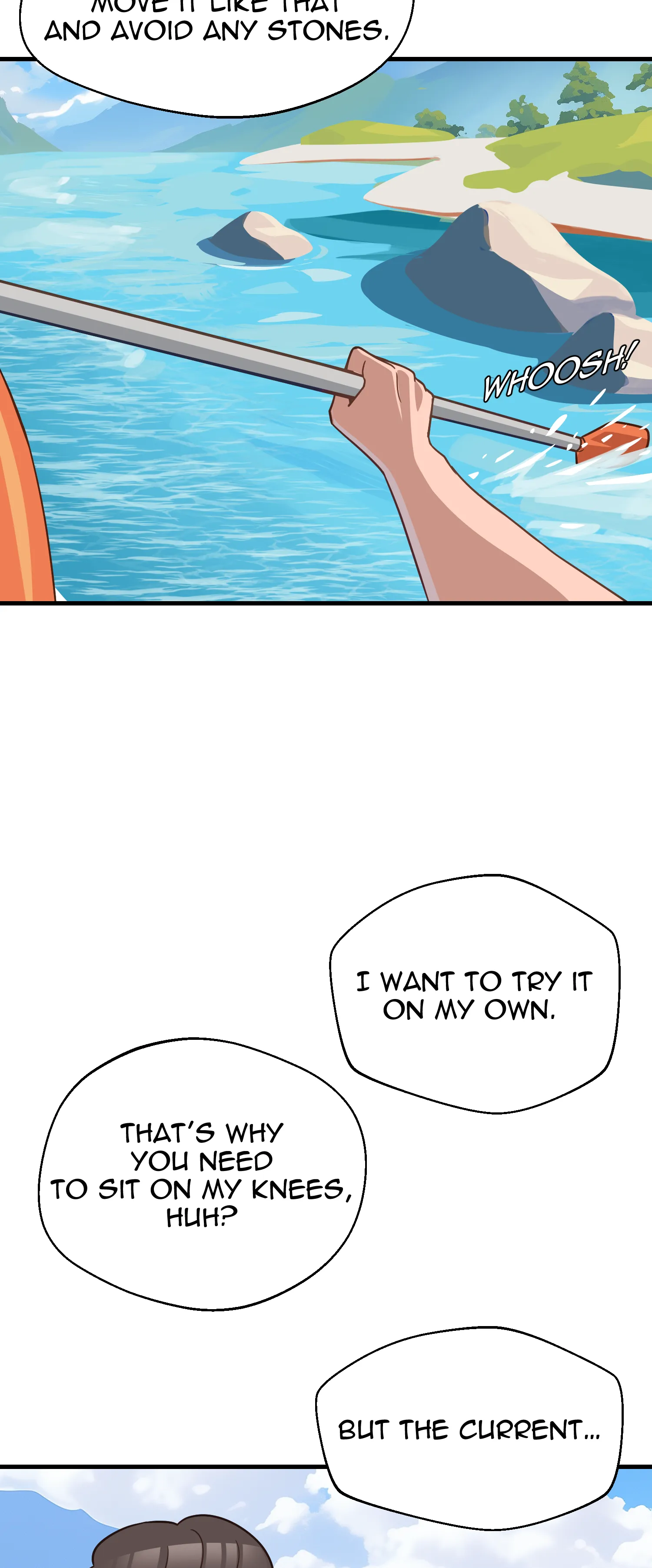Teach Me First Manga Full: Your Complete Starter Guide
So, you're ready to dive into the captivating world of Japanese comics, often called manga, and you're thinking, "teach me first manga full"? That's a fantastic place to begin, really. Many people, you know, find themselves curious about this unique storytelling medium, seeing its vibrant art and compelling narratives, but aren't quite sure how to get started. It's almost like wanting to learn a new skill; you need someone to show you the ropes, to help you acquire the knowledge or skill needed to truly appreciate it.
This guide is, in a way, all about giving you that foundational instruction. We'll explore everything you need to know, from the very basics of what manga is to how you can find stories that will truly resonate with you. Just like how a good teacher helps you learn, we want to help you understand this art form, making you think, feel, or act in a new way when it comes to reading comics.
By the end of this, you should feel much more confident about picking up your first manga. We'll cover how to approach the pages, where to find your next great read, and what makes manga so special, actually. It's pretty much a complete introduction, designed to give you a solid footing in this incredible hobby.
Table of Contents
- What is Manga, Anyway?
- Finding Your First Manga
- Where to Get Your Manga
- Understanding Manga Conventions
- Making it a Habit
- Frequently Asked Questions (FAQs)
What is Manga, Anyway?
Before we truly begin to teach you first manga full, it's pretty important to establish what manga actually is. Many people hear the word and think of anime, but while they're related, they are distinct things. Manga, basically, are comics or graphic novels originating from Japan, and they have a very, very particular style and way of telling stories that sets them apart.
A Quick Definition
Manga, in its simplest form, is the Japanese word for comics and print cartoons. However, outside of Japan, it typically refers specifically to comics that come from Japan. These works, you know, are characterized by their unique art styles, often featuring large eyes, expressive faces, and dynamic action sequences. They cover an incredibly broad range of subjects and genres, really, meaning there's something for almost anyone.
The stories can be about anything you can imagine, from epic fantasy battles to quiet slice-of-life tales, or even deep psychological thrillers. Each story, in some respects, aims to educate or entertain, much like any good piece of literature. The artists, or mangaka, put a lot of effort into creating these worlds and characters, giving readers a full experience.
Right-to-Left Reading
One of the first things you'll notice, and it's quite a distinctive feature, is that manga is read from right to left. This can feel a little bit disorienting at first, especially if you're used to Western comics. You start at what feels like the back of the book, and then you read the panels on each page from right to left, and from top to bottom. It's a bit like learning a new language, honestly, where the grammar rules are just different.
This reading direction, as a matter of fact, is traditional in Japanese writing. Most published manga in English, and other languages, keep this original format to preserve the artist's intended flow. Don't worry, though; you'll get used to it surprisingly quickly. After a few pages, your brain just sort of adjusts, and it becomes second nature, really. It’s a part of the experience, and it teaches you a new way to interact with a book.
Finding Your First Manga
Once you understand the basics, the next big step in our "teach me first manga full" journey is figuring out which manga to pick up first. With thousands upon thousands of titles available, it can feel a little overwhelming, you know? But there are some simple ways to narrow down your choices and find something you'll truly enjoy.
Consider Your Interests
The best way to find your first manga is to think about what kinds of stories you already love. Do you like action-packed adventures? Perhaps romantic comedies? Maybe you're into mysteries or stories about everyday life? Manga has all of these, and so much more. If you enjoy a particular genre in books, movies, or TV shows, there's a very, very good chance you'll find a manga that fits that preference.
For example, if you like intense dramas, you might look for seinen manga. If you like stories about friendship and growing up, shonen titles could be perfect. It’s pretty much about matching your existing tastes to what manga offers. This approach, honestly, makes the whole process much less daunting and helps you connect with the material right away.
Popular Starter Genres
There are a few genres that are particularly popular for beginners, and for good reason. They often have clear storytelling, engaging characters, and are widely available. Shonen manga, for instance, typically targets young male audiences but is enjoyed by everyone. These stories often focus on action, adventure, friendship, and overcoming challenges, like "Dragon Ball" or "My Hero Academia."
Shojo manga, on the other hand, usually aims at young female readers and often features romance, drama, and personal growth, like "Fruits Basket." Seinen manga targets adult men, with more complex themes and mature content, while Josei manga is for adult women. There are also Kodomomuke manga for children. Picking a well-known title from one of these popular categories, you know, can be a really safe and enjoyable first step. They are, in a way, designed to teach you about the genre.
Checking Out Reviews
Before committing to a series, it's often a good idea to check out some reviews. Websites, forums, and even YouTube channels dedicated to manga can give you insights into what a series is about, its art style, and its overall quality. Just be careful to avoid spoilers, of course! A quick search for "best manga for beginners" will often yield lists and recommendations from experienced readers.
These reviews, actually, can help you gauge if a particular story aligns with what you're looking for. They can also point out if a series has unique quirks or mature themes that you might want to be aware of beforehand. It's a bit like getting advice from a trusted friend who has already read the book, helping you make a more informed choice.
Where to Get Your Manga
Once you have a few titles in mind, the next practical step in our "teach me first manga full" guide is figuring out where to actually get your hands on them. There are a couple of main avenues for this, each with its own advantages, really. It depends on whether you prefer the feel of a physical book or the convenience of digital access.
Physical Copies
For many readers, there's just something special about holding a physical manga volume. The artwork looks fantastic on printed pages, and having a collection on your shelf is pretty satisfying. You can find physical manga at most major bookstores, like Barnes & Noble, or at local comic shops. Online retailers, like Amazon, also offer a vast selection, often with good deals.
Libraries, you know, are another excellent resource. Many public libraries have growing manga sections, which is a great way to try out different series without spending money. This can be particularly helpful when you're just starting out and want to explore various genres. It's a very accessible way to begin your reading journey, honestly, and it supports local institutions.
Digital Platforms
If you prefer the convenience of reading on a tablet, phone, or computer, digital manga platforms are a fantastic option. Services like Viz Media's Shonen Jump app, Crunchyroll Manga, and BookWalker offer extensive libraries, often with subscription models that give you access to many titles for a monthly fee. These platforms are really convenient for reading on the go.
Many of these digital services, in fact, offer simultaneous releases with Japan, meaning you can read the latest chapters almost as soon as they come out. This is a huge plus for staying current with ongoing series. It’s a bit like having a massive bookstore right in your pocket, and it provides an incredibly flexible way to consume stories. You can learn more about digital reading options on our site.
Understanding Manga Conventions
As you read more, you'll start to notice certain conventions and stylistic choices that are pretty common in manga. Understanding these can really enhance your reading experience and help you appreciate the art form even more. It’s part of the process of truly learning to teach me first manga full, you know, going beyond just the story.
Art Styles and Pacing
Manga art styles vary incredibly from artist to artist, but there are some common elements. Character designs are often very expressive, with exaggerated reactions used to convey emotions. Backgrounds can range from incredibly detailed to minimalistic, depending on the focus of the panel. The pacing, too, is often quite dynamic, with artists using panel layouts to control how quickly or slowly you read a scene.
Sometimes, a single action might take up several panels, or even an entire page, to emphasize its impact. Other times, a lot of information is conveyed in just a few small panels. This visual storytelling, actually, is a key part of manga's appeal. It’s a very visual language that you gradually pick up, teaching you to read not just words, but images too.
Common Symbols
Manga artists use a rich vocabulary of visual symbols to convey emotions, sounds, and states of mind without needing words. For instance, a character with a large sweatdrop on their head often means they are nervous or embarrassed. A character with a throbbing vein on their forehead means they are angry. Little speed lines around a character usually indicate movement or quick action.
Sparkles, you know, often accompany something beautiful or glamorous. These symbols are almost like a shorthand, helping to communicate feelings and actions instantly. You'll quickly learn to recognize these visual cues, and they become a really fun part of the reading experience. It’s another layer of communication that makes manga so engaging, pretty much a universal visual language.
Making it a Habit
To truly embrace the "teach me first manga full" experience, it helps to make reading manga a regular part of your routine. Like any hobby, the more you engage with it, the more you'll get out of it. It’s about building a connection with the stories and the community, really.
Setting Aside Time
Just like you might set aside time for a favorite TV show or a workout, try to dedicate a specific time each week, or even each day, to reading manga. Even 15-20 minutes can be enough to get through a chapter or two and keep the story fresh in your mind. This consistent engagement, you know, helps you follow longer series and truly immerse yourself in their worlds.
Finding a quiet, comfortable spot where you won't be interrupted can also enhance the experience. Whether it’s curled up on the couch or during your commute, making it a ritual helps solidify the habit. It’s a simple way to ensure you keep up with your reading and keep enjoying the stories.
Joining the Community
Manga has a huge, global community of fans, and connecting with them can add another layer of enjoyment to your hobby. Online forums, social media groups, and even local comic conventions are great places to discuss your favorite series, discover new ones, and share your thoughts. It’s pretty much a way to learn from others and expand your horizons.
Talking about manga with other fans, honestly, can open your eyes to different interpretations, fan theories, and recommendations you might not have found on your own. It's a very supportive and enthusiastic group of people, and being a part of it can make your manga journey even more rewarding. You can find more information about manga communities on our site.
We hope this guide has given you a solid foundation to teach me first manga full. From understanding the basics of reading right-to-left to finding your first perfect series and connecting with fellow fans, you now have the tools to begin your exciting adventure into manga. Remember, the world of manga is vast and welcoming, offering countless stories just waiting for you to discover them. Happy reading, and may your manga journey be filled with incredible tales!
Frequently Asked Questions (FAQs)
Here are some common questions people often have when they want to teach me first manga full:
What is the best manga for beginners?
Many readers suggest starting with widely acclaimed series known for clear storytelling and engaging art. Titles like "Attack on Titan," "My Hero Academia," "Fruits Basket," or "Fullmetal Alchemist" are often recommended because they offer a good introduction to common manga styles and themes. It really depends on your personal taste, but these are pretty safe bets to get started, you know.
How do I start reading manga?
To start reading manga, first, understand that you read from right to left, and panels on a page are also read from right to left, top to bottom. Next, pick a genre or story that interests you. You can find manga at bookstores, libraries, or through digital apps like the Shonen Jump app. Just pick a volume, open it up, and give it a try; you'll get the hang of it quickly, honestly.
What is the difference between manga and anime?
Manga refers to Japanese comics or graphic novels, which are the original source material. Anime refers to Japanese animation, which is often an adaptation of a manga series. So, manga is typically read, while anime is watched. While they share stories and characters, the experience of consuming them is quite different, with manga offering the artist's original vision directly on the page. For more details, you could check out this explanation of anime vs. manga.

Honeytoon - "Teach Me First!", "Ep #1"

Honeytoon - "Teach Me First!", "Ep #1"

Teach Me First! Ep 6: New Twists Await | HoneyToon